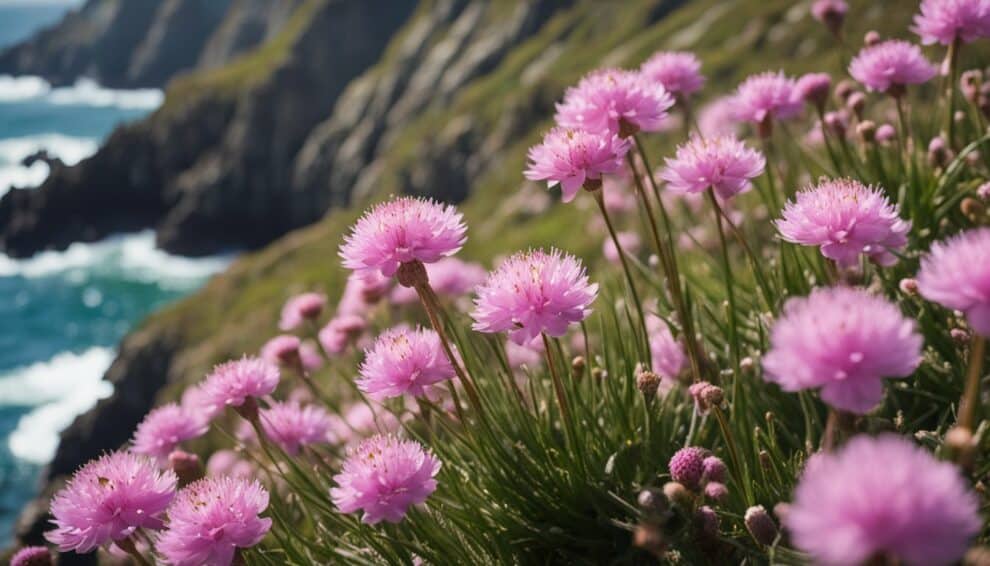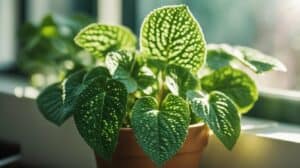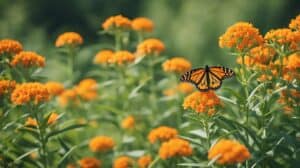Armeria Maritima, commonly known as Sea Thrift, is a charming and resilient plant that is found in coastal regions around the world.
It is a low-growing perennial that produces beautiful pink or white flowers atop slender stems that rise above dense tufts of evergreen foliage.
Sea Thrift is a popular choice for gardeners and landscapers alike due to its adaptability to a wide range of growing conditions and its ability to thrive in poor soil.

Sea Thrift is a plant that is well-suited to coastal areas, where it has evolved to withstand harsh winds, salt spray, and sandy soils.
It is a plant that is easy to care for and requires little maintenance, making it an ideal choice for those who want a beautiful garden without a lot of work.
In addition to its aesthetic appeal, Sea Thrift is also a valuable plant for wildlife, providing nectar for bees and other pollinators and serving as a habitat for small insects and spiders.
Whether you are a gardener, a nature enthusiast, or simply someone who appreciates the beauty of the natural world, Sea Thrift is a plant that is sure to delight and inspire.
Getting to Know Armeria Maritima
Botanical Profile
Armeria Maritima, commonly known as Sea Thrift, is a small, evergreen perennial plant that belongs to the Plumbaginaceae family.
It is native to coastal regions of Europe and North America and is widely cultivated as an ornamental plant.
The plant has a compact, tufted growth habit and produces grass-like leaves that are dark green in color.
The flowers of Armeria Maritima are pink, white, or red and form in dense clusters on top of long, slender stems.
The plant blooms from late spring to early summer and is a popular choice for rock gardens, borders, and container plantings.
Historical Significance
Armeria Maritima has a long history of medicinal and cultural significance.
In traditional medicine, the plant was used to treat a variety of ailments, including coughs, colds, and digestive issues.
The plant was also used in religious ceremonies and was believed to have protective properties.
In some cultures, Armeria Maritima was associated with love and was used as a symbol of affection and devotion.
Today, the plant remains an important part of many coastal ecosystems and is valued for its ornamental beauty and hardy nature.
Cultivation Essentials

Ideal Growing Conditions
Armeria Maritima, commonly known as Sea Thrift, is a hardy plant that thrives in cool, coastal regions.
It grows best in full sun to partial shade, in well-drained soil with a pH range of 6.0 to 7.5.
This plant is tolerant of salt spray, making it an ideal choice for coastal gardens.
It requires moderate watering, and the soil should be kept moist but not waterlogged.
Overwatering can lead to root rot, so it’s essential to ensure adequate drainage.
Propagation Techniques
Propagation of Armeria Maritima can be done through division, cuttings, or seeds. Division is the most common method and is best done in the spring or fall.
Cuttings can be taken in the summer, and seeds can be sown in the spring.
To propagate through division, the clump of the plant should be lifted, and the roots should be separated into smaller sections.
Each section should have a healthy root system and several shoots. The new plants should be replanted in well-draining soil and watered thoroughly.
Common Pests and Diseases
Armeria Maritima is generally a low-maintenance plant, but it can be susceptible to some pests and diseases.
Aphids, spider mites, and slugs can be a problem, especially in humid conditions.
Regular monitoring and treatment with insecticidal soap or neem oil can help control these pests.
Root rot can occur if the soil is too wet or poorly drained. Powdery mildew can also be a problem, especially in humid conditions.
To prevent these diseases, ensure proper drainage and good air circulation around the plant.
Overall, Armeria Maritima is an easy-to-grow plant that adds color and texture to any garden.
With the right growing conditions and proper care, it can thrive and provide beauty for years to come.
Landscape and Garden Uses

Design and Aesthetics
Armeria Maritima, commonly known as Sea Thrift, is a popular choice among gardeners and landscapers for its unique and eye-catching appearance.
Its compact size, ranging from 4 to 8 inches in height, makes it a great option for edging, rock gardens, and containers.
The plant produces clusters of pink, white, or purple flowers that bloom in the spring and summer, adding a pop of color to any landscape.
Sea Thrift is also an excellent choice for coastal gardens, as it is tolerant of salt spray and thrives in sandy soil.
Its ability to withstand harsh coastal conditions makes it a popular choice for erosion control and beachfront landscaping.
Companion Planting
Sea Thrift makes an excellent companion plant for a variety of other species.
Its low-growing habit and compact size make it an ideal plant for edging and bordering.
It pairs well with other low-growing plants such as Sedum, Ajuga, and Dianthus.
In addition to its aesthetic appeal, Sea Thrift also attracts beneficial insects such as bees and butterflies to the garden.
Its nectar-rich flowers provide a valuable food source for these pollinators, helping to support local ecosystems.
Overall, Armeria Maritima is a versatile and attractive plant that can add a unique touch to any landscape or garden.
Its compact size, colorful blooms, and ability to tolerate coastal conditions make it a popular choice among gardeners and landscapers alike.
Frequently Asked Questions

How can I best care for Armeria Maritima in my garden?
Armeria Maritima is a low-maintenance plant that requires little care.
However, it is important to plant it in well-draining soil and in a location that receives full sun. Avoid overwatering, as this can lead to root rot.
Deadheading the spent flowers will encourage new blooms and prolong the blooming period.
What are the ideal growing conditions for Sea Thrift plants?
Armeria Maritima thrives in well-draining soil and full sun. It can tolerate some shade, but may not flower as profusely.
It prefers cooler temperatures and can be grown in USDA hardiness zones 4-8. It is also tolerant of salt spray and can be grown in coastal areas.
Can Armeria Maritima survive in coastal environments with high salinity?
Yes, Armeria Maritima is tolerant of salt spray and can be grown in coastal areas.
It is important to note that while it can tolerate high salinity, it still requires well-draining soil and full sun to thrive.
What are some common pests and diseases that affect Sea Thrift plants?
Armeria Maritima is generally pest and disease resistant. However, it can be susceptible to root rot if planted in poorly draining soil.
Overwatering can also lead to fungal diseases.
Aphids and spider mites may occasionally infest the plant, but can be easily controlled with insecticidal soap.
How often should I water and fertilize my Armeria Maritima?
Armeria Maritima prefers well-draining soil and can tolerate some drought.
Watering once a week is usually sufficient, but adjust watering frequency based on weather conditions.
Fertilization is not necessary, but a light application of a balanced fertilizer in early spring can encourage blooming.
What companion plants pair well with Sea Thrift in a landscape design?
Armeria Maritima pairs well with other low-growing, sun-loving plants such as sedum, creeping thyme, and rockcress.
It also looks great when planted in mass as a groundcover or in a rock garden.














